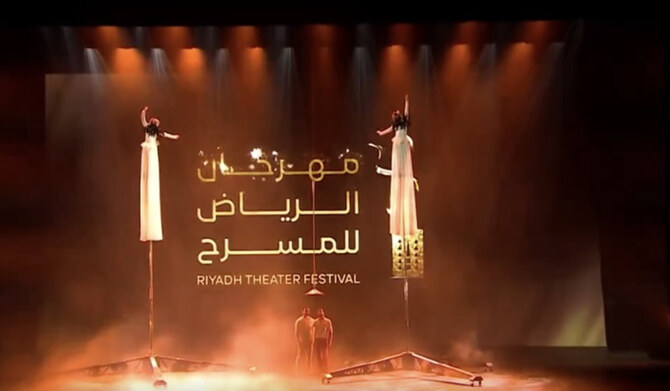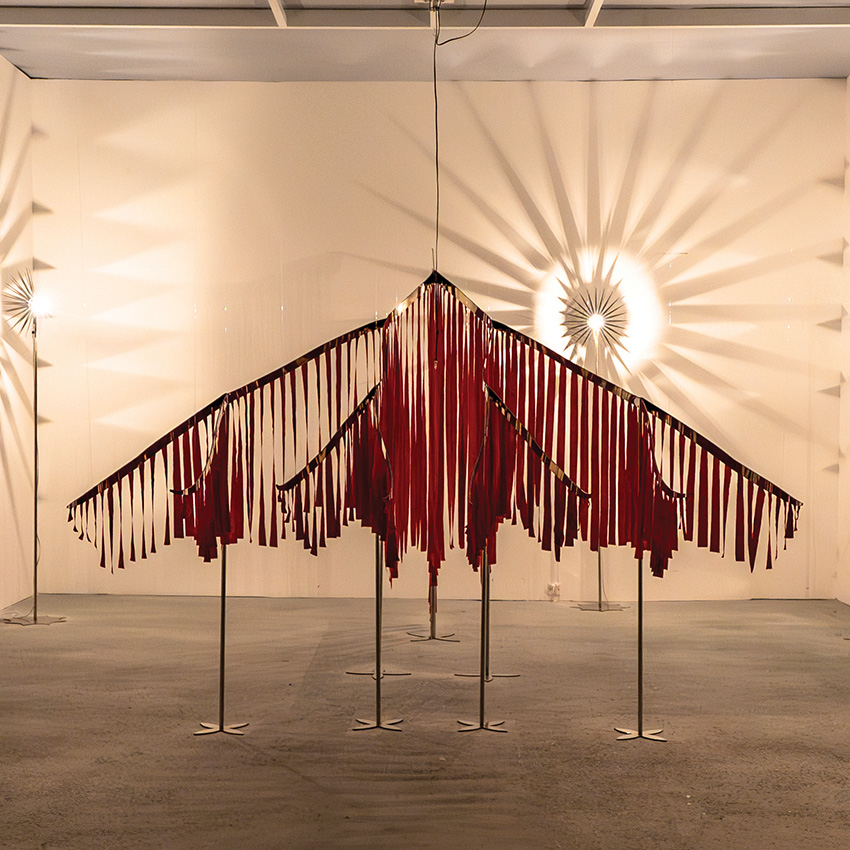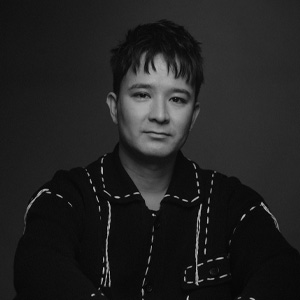JEDDAH: Culture is a fundamental component of the tourism offering in AlUla, which is situated in the Kingdom’s northwest, the Saudi Press Agency reported recently.
Every visitor to AlUla is eager to learn about the region’s ancient heritage, reflected in its rich history spanning thousands of years. This makes it a bucket-list destination for history and travel enthusiasts.
AlUla is centered around an ancient town that emerged in the 12th century, featuring around 900 houses built from mud bricks, the SPA reported.
In the past, trade caravans laden with incense passed nearby, overlooking palm oases with around 3 million trees.
A towering fortress, standing 45 meters tall, was constructed within it, serving as a watchtower and defensive fortification for the town’s wall, which included 14 gates, the report explained.
The town now has several local shops, restaurants and cafes, providing a retreat for families and tourists from various countries.
The old town of AlUla was selected as one of the best tourist villages in the world by the World Tourism Organization in 2022, among 32 from around the globe, for meeting all the selection criteria.
AlUla offers its visitors numerous tourism options. Amidst its natural landscape distinguished by geological diversity and stunning rock formations, visitors can experience desert trips, camping, stargazing in its clear skies, nature reserves, and mountain climbing.
Jabal Ikmah is one of the most prominent historical sites in AlUla, popularly dubbed “the largest open-air library” in the Arabian Peninsula due to its hundreds of ancient inscriptions and rock carvings.
At the same time, visitors can explore historical and archaeological sites, most notably the Hegra area, which is listed as a UNESCO World Heritage site. Here one can discover Nabatean tombs, various inscriptions, and excavation sites.
Every year, the Royal Commission for AlUla organizes several diverse artistic and cultural events, including the upcoming Winter at Tantora Festival.
The event features traditional sports of horseback archery and tent pegging, as well as exploratory tours, art and cultural exhibitions, including the Ancient Kingdoms Festival, and much more.
































